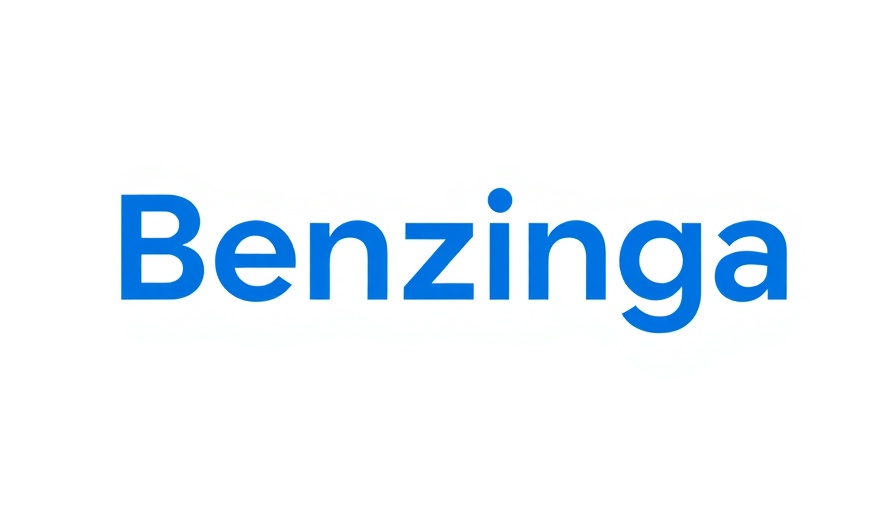
Understanding the Weatherization Assistance Program (WAP)
The federal Weatherization Assistance Program (WAP) stands as the historical pillar of energy efficiency initiatives in the United States, established during the oil crisis of 1973. It aims to support low- and moderate-income households with home upgrades, such as insulation installation and sealing windows, to save on utility costs. The program typically offers these services for free, resulting in an average annual savings of $372 on utility bills for participants.
The Hidden Costs of Participation
Despite its benefits, many potential participants face a significant barrier: basic home repairs required before they can receive assistance. A recent report from the American Council for an Energy-Efficient Economy highlights this issue, revealing that thousands of homes are placed on deferral lists due to necessary repairs that many families simply cannot afford. In 2023 alone, 7,000 households missed out on expensive yet essential upgrades, primarily due to financial constraints.
Major Repair Challenges and Financial Implications
The tough reality is that many homes require substantial investments to reach standby conditions for weatherization. The average cost for these improvements can soar to nearly $14,000, with prevalent issues like roof damage, floor deterioration, and outdated electrical systems serving as the main culprits for placing households on deferral lists. Such findings raise critical questions about the accessibility and effectiveness of WAP in truly alleviating energy costs for those in need.
A Call for Awareness and Support
As more Americans daily grapple with financial limitations, it's essential to raise awareness about the challenges faced in accessing resources like WAP. By recognizing these obstacles, communities and policymakers can devise supportive measures to ensure that the benefits of energy efficiency reach those who need them most.
 Add Row
Add Row  Add
Add 




Write A Comment